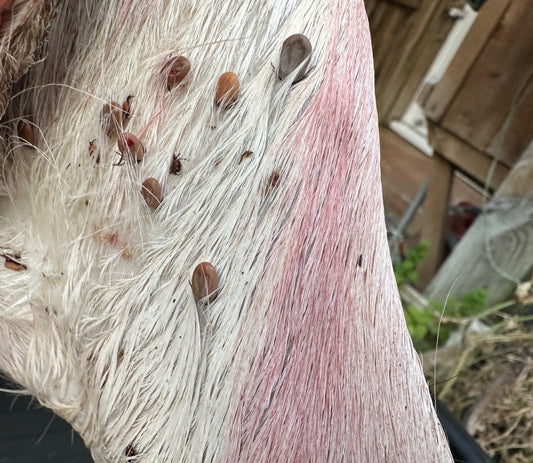Innovation plays a pivotal role in improving effectiveness and efficiency. At Wildscape Deer Management, our integration of thermal imaging technology has revolutionised our approach, significantly boosting our success rates and expanding our capabilities in conservation efforts.
Enhancing Success Rates with Thermal Imaging
Thermal imaging has become a game-changer in our operations. Unlike traditional methods reliant on visual and auditory cues, thermal imaging allows us to detect heat signatures emitted by animals, including elusive roe deer, in various environmental conditions. This capability enhances our ability to locate and monitor deer populations with greater accuracy and efficiency.
Recently, during an observation exercise, I had the opportunity to demonstrate the practical application of thermal imaging. Embedded below is a video showcasing how this technology enabled me to approach roe deer undetected, a feat that might have been challenging using conventional methods alone. This ability not only facilitates closer observation but also aids in gathering crucial data for population assessments and behavioural studies.
Integration with Traditional Methods
While thermal imaging has expanded our observational capabilities, it complements rather than replaces traditional field methods. We continue to rely on visual surveys, camera traps, and acoustic monitoring to gather comprehensive data on deer movements, habitat use, and population dynamics. By combining these methods, we gain a holistic understanding of deer behaviour and ecosystem interactions.
Coverage and Efficiency
One of the standout advantages of thermal imaging is its ability to cover expansive areas effectively. This technology allows us to conduct site analyses and deer population assessments efficiently, even in challenging terrain and low-light conditions. By surveying larger landscapes with precision, we can identify deer hotspots, assess habitat quality, and strategically plan management interventions.
Thermal imaging supports detailed site analyses by revealing thermal patterns that indicate deer presence and activity. This data informs habitat management decisions, such as identifying migration routes, bedding areas, and feeding grounds. Moreover, it facilitates accurate population assessments by estimating deer densities and monitoring population trends over time.
At Wildscape Deer Management, the integration of thermal imaging technology has elevated our ability to manage deer populations effectively and responsibly. By harnessing this innovative tool alongside traditional methods, we enhance our success rates, expand our survey capabilities, and ensure sustainable conservation practices.
Safe And Cost-Effective Deer Management Solutions
CALL US TODAY
+44 1903 412444





